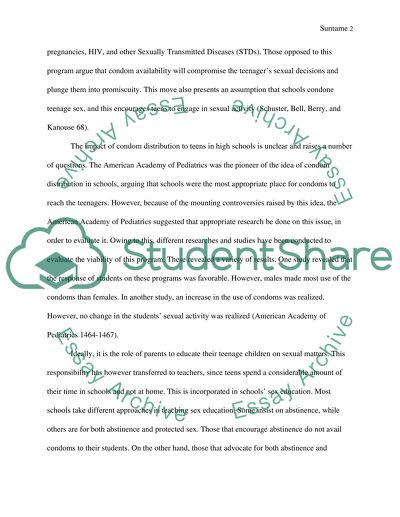Cite this document
(“Impact of Condom Availability on Students in High Schools Essay”, n.d.)
Retrieved de https://studentshare.org/english/1460088-impact-of-condom-availability-on-students-in-high-schools
Retrieved de https://studentshare.org/english/1460088-impact-of-condom-availability-on-students-in-high-schools
(Impact of Condom Availability on Students in High Schools Essay)
https://studentshare.org/english/1460088-impact-of-condom-availability-on-students-in-high-schools.
https://studentshare.org/english/1460088-impact-of-condom-availability-on-students-in-high-schools.
“Impact of Condom Availability on Students in High Schools Essay”, n.d. https://studentshare.org/english/1460088-impact-of-condom-availability-on-students-in-high-schools.


